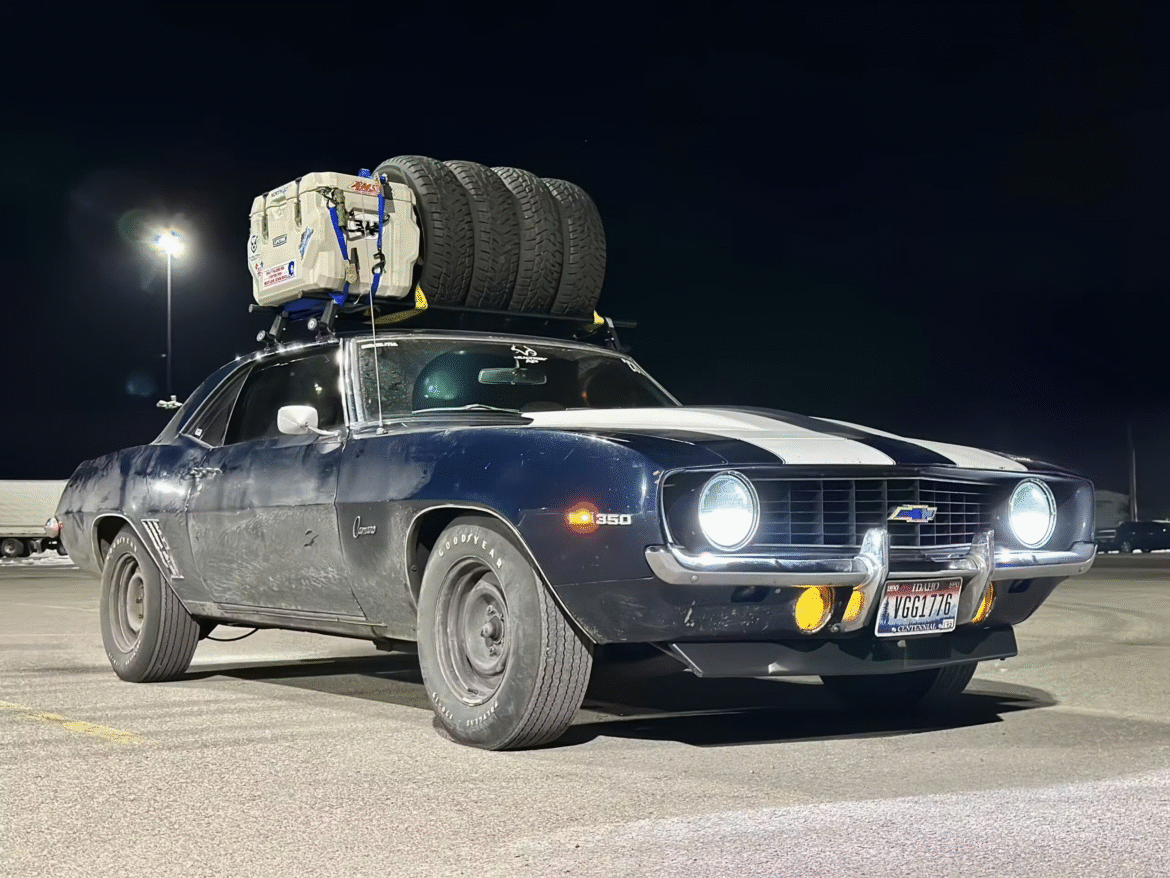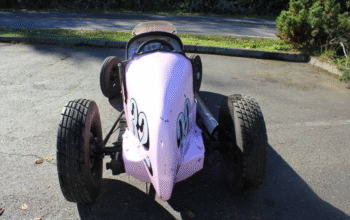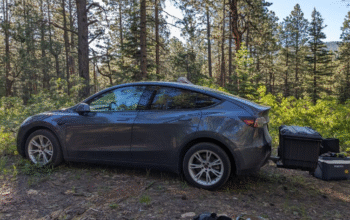Most folks think that once a car gets to 200,000 miles, nothing can save it, and it’s time to start replacing it. Mechanics might even suggest that you replace it. Your friends tell you to throw in the towel and look for an upgrade. Your mind is already prepared for its impending demise. But at least in my case, my car — a 2001 Toyota Camry — didn’t get that memo.
I bought the car used, and took it home with already 168,000 miles on the odometer. I was simply instructed, “Just drive it until it quits.” I thought I might get a year out of it — the old cliché of, “it was time for an upgrade.” Instead, this little car had another 70,000 miles of reliable service to give, and is still going strong.
How did a 200K-mile car survive this long? Let me walk you through exactly how I kept it alive — and how you can too.
1. I Bought a Reliable Model to Begin With
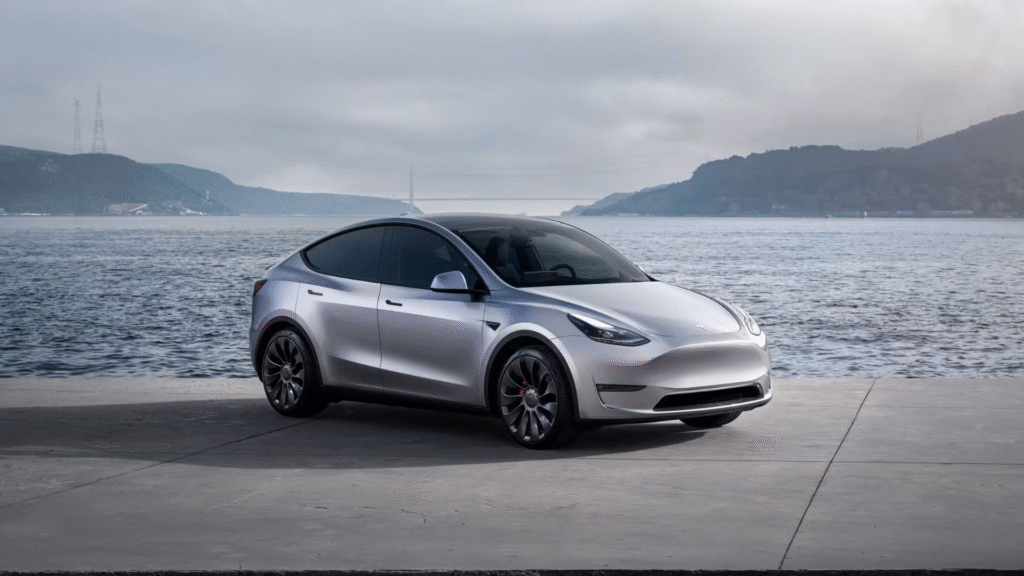
Not all cars are created equally. Some are known to have fallen apart by 120,000 miles, and some become legends. Toyota has long been known for their durability, especially some older Camrys. The main reason is that the engines were very basic, heavy duty and made to last hundreds of thousands of miles with simple maintenance.
Buying a car that has a reputation for durability was my first large win. Even with high mileage the Camry’s engine was very smooth and the car had no serious red flags, so I brought along a mechanic to test drive the car with me. He said one sentence I still remember to this day: “This thing’s got more life left in it than it looks.” He was absolutely right.
2. I Followed a Strict Maintenance Routine
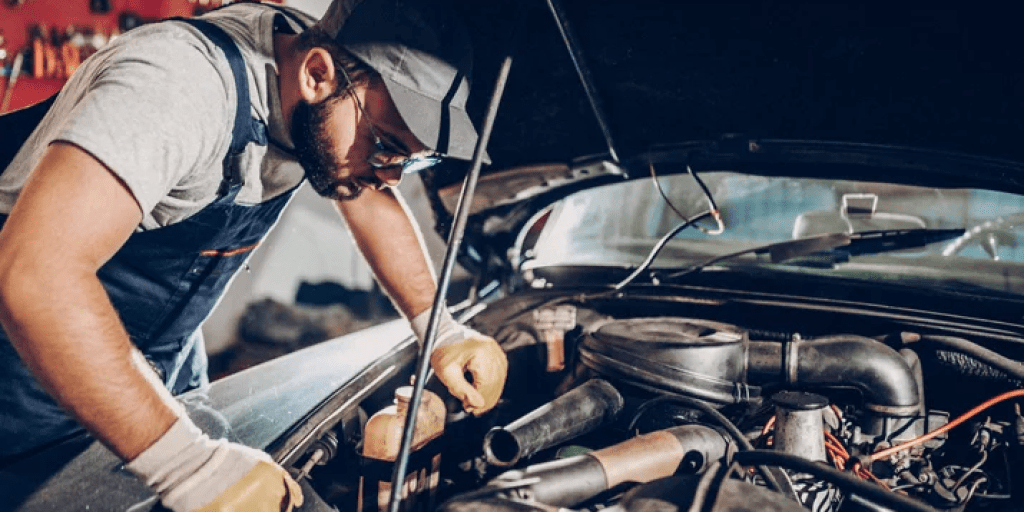
Consistent and regular maintenance isn’t optional, it’s critical. While I would change my oil every 4000 miles and it could look “good enough”, I never took that term as something to be trusted. I was posting with an air filter, rotating tires, and changed brake pads before they wore dangerously thin.
Every 30,000 miles, I flushed both the coolant and transmission fluid. I used high-mileage oil because it keeps older engines lubricated and reduces leaking.
Doing these basics protected my engine. Most people neglect small problems before they become enormous problems; this is how cars die early.
3. I Fixed Small Problems Immediately
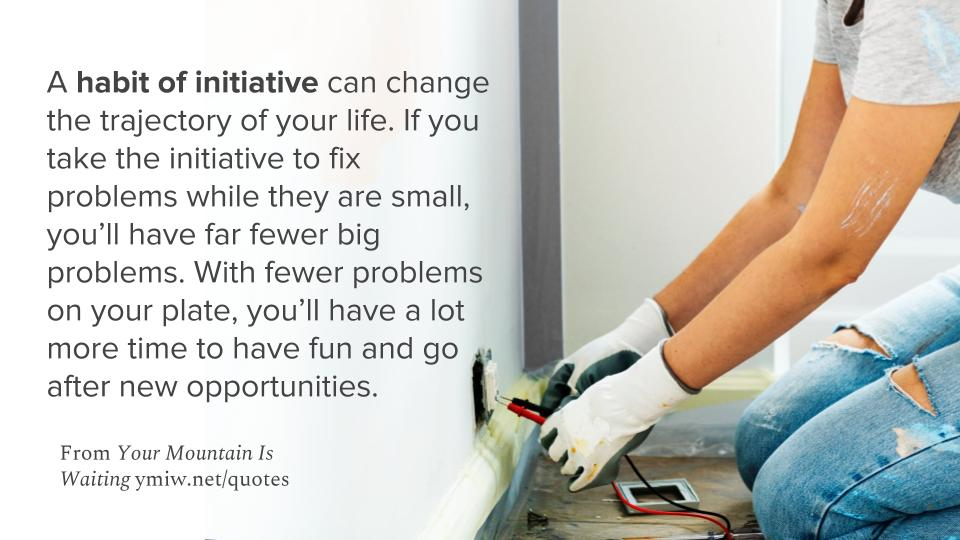
One of the biggest mistakes car owners can make is putting off repairs. A small coolant leak can become a blown head gasket. A noisy belt can become a broken belt.
I didn’t take a new noise or a new warning light lightly. When I noticed a minor whining sound coming from the engine, I replaced the serpentine belt instead of waiting until it broke. When the check engine light turned on, I used an OBD scanner I had at home to diagnose it and repair the problem myself.
The cost savings I accumulated over the years associated with repairing small problems before they became worst was in the thousands of dollars, not to mention the long-term use I got out of the vehicle.
4. I Drove It Gently
How you drive is more important than you think. I never redlined the engine, never just floored the gas pedal at any point unless I was trying to get out of someone’s way, and never did anything to unnecessarily perturb the driving experience, such as hard braking. I would allow the engine to warm up on cold mornings or in winter.
Revving the engine high and driving hard just created that much more stress on an aging engine and transmission. If things are kept calm, and steady, then you have way less wear and tear. That equates to more time.
5. I Used Budget-Friendly DIY Repairs

You would be amazed at the number of simple repairs you can handle with a few tools and some YouTube videos. I’ve changed spark plugs, replaced the cabin air filter, repaired a broken power window motor, and sealed a small exhaust leak.
None of these tasks required advanced skills, just a thirst for knowledge, a few tools, and a little bit of time. It’s easy to rack up the costs of professional labor. It felt good keeping the cost of maintenance low, while keeping the car in good shape.
6. I Chose Function Over Looks
Let’s face it – after 200,000 miles, the car looked sad. The paint had dulled, the bumper had scrapes, the seats had a few small tears, etc. But none of that affected the way it drove.
I didn’t waste time on cosmetic improvements. I only ensure what matters to keep the car safe and on the road — tires, brakes, fluids, and lights. People constantly desire appearance and forget that the most important aspect of a car is reliability.
7. I Avoided Cheap Replacement Parts
I would only purchase OEM (original equipment manufacturer) or aftermarket parts from trusted brands with good reviews. I also tended to shy away from cheap low-quality off-brand parts. Cheap parts can destroy a good car. Yes they sometimes are a little more but they last longer, work better and are a small investment to protect your major investment (the car).
8. I Kept It Clean — Inside and Out
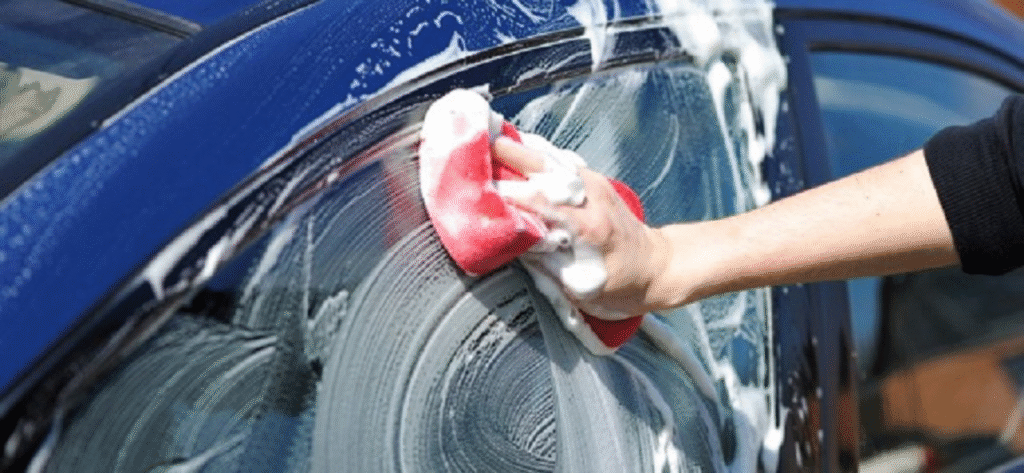
You may be surprised to know that cleaning is beneficial to long life but it is. Build up of dirt and grime under the hood can lead to rust forming on the components, especially if the car is older. I would routinely clean the engine bay, vacuum out the inside, and check to make sure the undercarriage was salt free as well in the winter.
You may be thinking that a clean car is only better looking, but it will last longer as well. Corrosion is a killer on a vehicle with high mileage and will usually show itself more dramatically if you are in an area that has harsh weather.
200,000 Miles — And Still Going
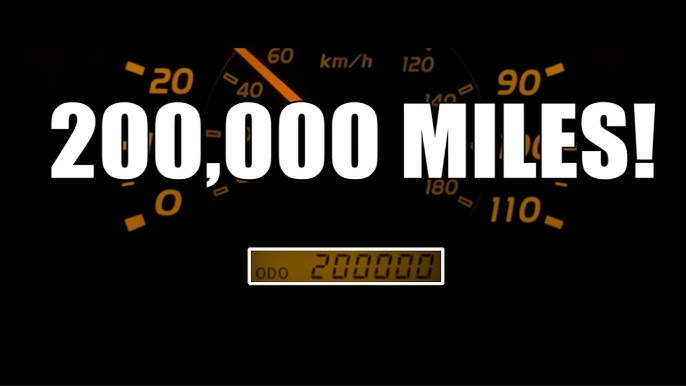
The odometer on the Camry reads 237,000 miles today. The engine still purrs. The transmission still shifts flawlessly. I just took it on a 300-mile trip without a single hiccup.
People ask me, “When are you finally going to get a new car?” My answer is always the same – “When this one dies. But it hasn’t yet.”
This car has surpassed the expectations of people around me. It has surpassed my own expectations. And it has all happened not by coincidence or luck, but rather because I treated the car with care, consistency, and respect.
Final Thoughts
Most cars don’t die of old age — they die from neglect. If you want your high-mileage car to live a long and useful life, follow the basics:
- Choose a reliable model
- Maintain it regularly
- Fix problems early
- Drive gently
- Use quality parts
This 200,000 mile car kept going because it had what it needed. If you give your car what it needs it might surprise you.
Want to make your car last? Don’t focus on the cost. Focus on the care. Your “beater” can become a “champion,” mile-after-mile.

